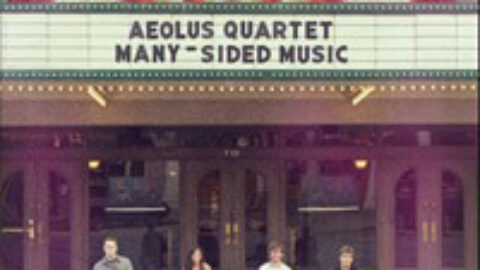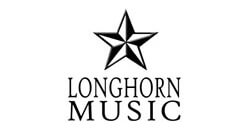 You might credit Leonard Berstein for inspiring this CD, who described the “many-sidedness” of American music in his Young People’s Concert: What is American Music?. He believed that American folk music, despite its youth, “is probably the richest in the world, and all of it is American in spirit, whether it’s jazz, or square-dance tunes, or cowboy songs, or hillbilly music, or rock and roll, or Cuban mambas, or Mexican huapangos, or Missouri hymn-singing.” You might also credit composers such as Copland and Gershwin, whose adaptations of American music in classical settings have become iconic. Personally, though, I credit the Coen Brothers.
You might credit Leonard Berstein for inspiring this CD, who described the “many-sidedness” of American music in his Young People’s Concert: What is American Music?. He believed that American folk music, despite its youth, “is probably the richest in the world, and all of it is American in spirit, whether it’s jazz, or square-dance tunes, or cowboy songs, or hillbilly music, or rock and roll, or Cuban mambas, or Mexican huapangos, or Missouri hymn-singing.” You might also credit composers such as Copland and Gershwin, whose adaptations of American music in classical settings have become iconic. Personally, though, I credit the Coen Brothers.
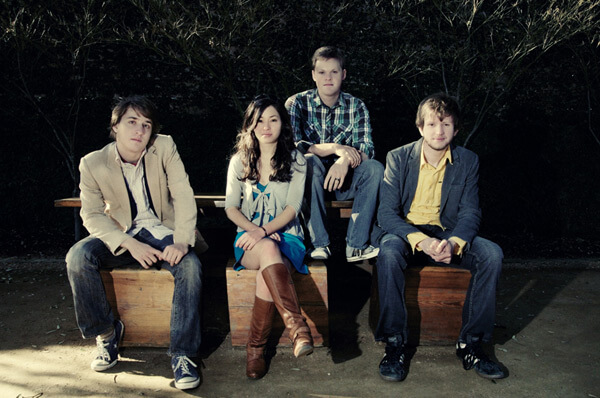
In 2000, the Coen Brothers released O Brother, Where Art Thou?, an adaptation of Homer’s Odyssey set in the deep south during the 1930s. While the film enjoyed critical and commercial success, it was the soundtrack that became a sensation in the following years, spawning a separate documentary/concert film and CD, Down from the Mountain. These CDs introduced many to a range of American folk styles and brought bluegrass into zeitgeist for the first time in decades. I cannot say with any certainty that the composers on this CD, who each pay their own tribute to American folk music, were directly influenced by this soundtrack (in one case that would have been impossible). I do believe, however, that if this CD attains the success it deserves, it may be because the Coen Brothers made it possible for us to enjoy it all the more.
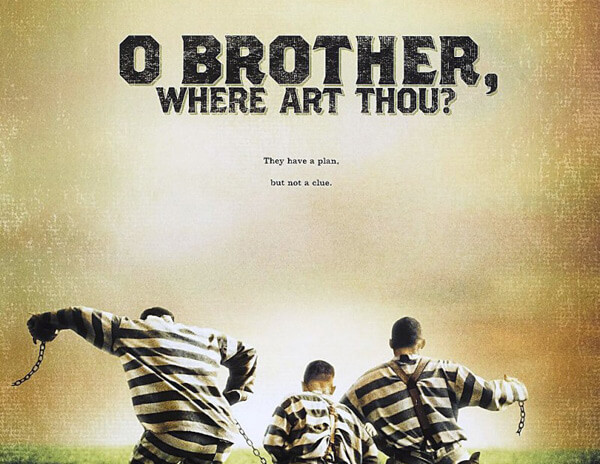
The CD opens with Black Bend (2003) by Dan Visconti, and the Aeolus Quartet did extremely well to put this track first. It begins with a range of sounds and melodic snippets that are evocative of a hot and humid summer day, and imitations of swarming hordes of gnats, mosquitoes, and/or other nasty things with wings also make their way into this long, fiddle-inspired introduction. Ah, but there are that hints at something more to come, and before long a full-blown 12-bar blues section takes over. Visconti does a marvelous job of making this sound completely idiomatic to strings, while also making the blues feel completely at home in a 21st century concert hall. Aeolus gives a marvelous performance, building the energy to an absolutely frenetic level, and I challenge anyone to not smile and tap their feet as they listen. This track is the equivalent of the lead-off batter hitting a grand slam,1 or, for those who don’t follow baseball or may live in a country where it is not played, it’s damn good fun.
The second piece is Steven Snowden‘s Appalachian Polaroids (2011), which was commissioned by the Aeolus Quartet.
The piece begins with a 1976 a cappella field recording of Sheila Kay Adams singing the folk song “Black is the Color,” which is itself hauntingly beautiful. Snowden also draws inspiration from photographs of rural Appalachian families by Shelby Lee Adams (no relation to Kay) and offers different perspectives on a difficult to imagine, yet still extant way of life. The melody is at times reflective of Sheila’s singing, echoing her plaintive style, but there are also hints of joy elsewhere. Still, underlying it all is a sense of loneliness, which may be partly due to Snowden’s highly effective use of the cello and viola for melody, only occasionally allowing the violins to sing.

Lady Isabella Was That Kind of Woman (2011) by Alexandra T. Bryant follows, and was likewise commissioned by the Aeolus Quartet. (A hearty bravo for both commissioning and then recording these works!) This is another Appalachia-inspired work, though of somewhat less obvious derivation. As with Polaroids, this piece is contemplative and a beautiful mixture of old and new. The only thing that doesn’t quite work is that the quartet speaks the words of the title at the beginning and end of the piece. Having instrumentalists speak or sing can be used to great effect (see Anthony de Mare’s excellent CD, Speak: The Speaking-Singing Pianist), but here it seems an unnecessary addition to an otherwise beautiful composition.
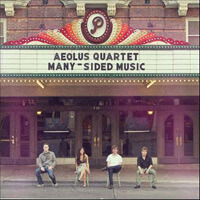 After these two somber pieces, I was hoping that the Three Rags for String Quartet (1989) by William Bolcom would send me out on a high note. Unfortunately, these last tracks do not compare well with other pieces, causing the CD to feel as though it ends more with a whimper than with a bang. As is usually the case with (relatively) new music, when something doesn’t seem to be working an evaluation needs to be made as to whether it is the performance or the piece (or both) that isn’t as good, and in this case I believe that the Aeolus Quartet is not at fault. That is not to say the these Three Rags aren’t good, but that they aren’t great, either. They are enjoyable and well-composed, but they also seem to lack the contemporary edge of the other compositions that worked so well. They are sort of like Prokofiev’s First Symphony, which is interesting, but not enough like either Haydn or Prokofiev to be satisfying. Still, I think many listeners will enjoy these final tracks, and would hesitate to dissuade anyone from purchasing the CD for this reason.
After these two somber pieces, I was hoping that the Three Rags for String Quartet (1989) by William Bolcom would send me out on a high note. Unfortunately, these last tracks do not compare well with other pieces, causing the CD to feel as though it ends more with a whimper than with a bang. As is usually the case with (relatively) new music, when something doesn’t seem to be working an evaluation needs to be made as to whether it is the performance or the piece (or both) that isn’t as good, and in this case I believe that the Aeolus Quartet is not at fault. That is not to say the these Three Rags aren’t good, but that they aren’t great, either. They are enjoyable and well-composed, but they also seem to lack the contemporary edge of the other compositions that worked so well. They are sort of like Prokofiev’s First Symphony, which is interesting, but not enough like either Haydn or Prokofiev to be satisfying. Still, I think many listeners will enjoy these final tracks, and would hesitate to dissuade anyone from purchasing the CD for this reason.
On the whole, I was quite impressed by this recording from the relatively new Aeolus Quartet. Their cohesion is impressive, and underlying their adept musicality is a considerable amount of technical brilliance. The only fault seems to be in the selection, or perhaps just the ordering of the pieces. I look forward to hearing much more from this group in the future, particularly as they mature and really find their niche. For now, though, I’m going to enjoy this CD again for about the eighth time.
Aeolus Quartet. Many-Sided Music (Longhorn Music, LHM2011003) March 2012. On Amazon.com
1A lead-off (or leadoff) hitter may either refer to the first batter in a rotation or the first batter in any given inning. In this case, I’m using the latter definition, making a lead-off grand slam an impossibility. It’s just what the piece feels like.
—
R. Andrew Lee is an avid performer of minimalist and postminimalist piano music and records for Irritable Hedgehog Music. Follow him on twitter: @andyleedma.
